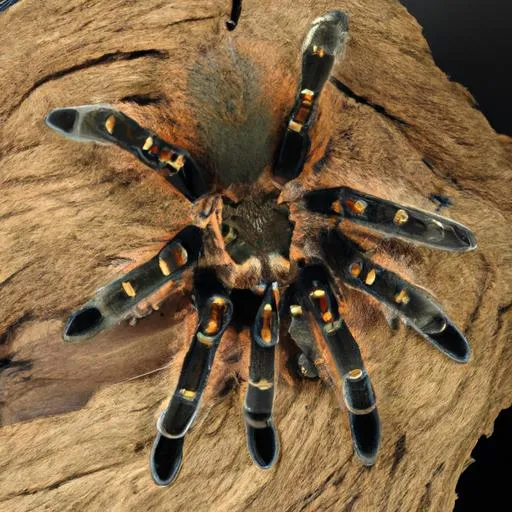Understanding Curly Hair Tarantula Humidity
Maintaining the right humidity levels is absolutely crucial for the health and well-being of your curly hair tarantula (Tliltocatl albopilosus). These fascinating creatures, native to the tropical regions of Central America, thrive in a specific environmental context. Incorrect humidity can lead to a host of health problems, ranging from difficulties during molting to potentially fatal dehydration. Therefore, understanding the importance of humidity and how to manage it is a fundamental aspect of responsible tarantula ownership. This guide will walk you through the top 5 facts about curly hair tarantula humidity, ensuring your pet lives a long, healthy, and vibrant life.
Ideal Humidity Range for Curly Hair Tarantulas
The ideal humidity range for a curly hair tarantula is generally between 65% and 75%. This level provides the necessary moisture in the enclosure to support the spider’s respiratory system and facilitate proper molting. Maintaining this range is essential for preventing desiccation and promoting overall health. Achieving this humidity level often requires a combination of substrate selection, regular misting, and proper ventilation, as discussed further below. Using a reliable hygrometer is also crucial for accurate monitoring, allowing you to make adjustments as needed.
Why Humidity Matters for Curly Hair Tarantulas
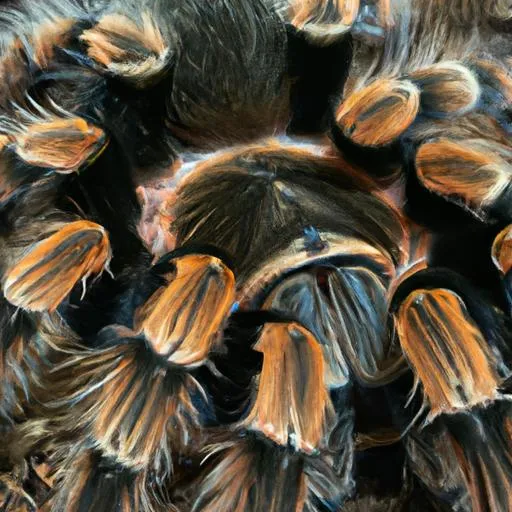
Humidity plays a vital role in several aspects of a curly hair tarantula’s life. It directly impacts their ability to breathe, as they require moisture to maintain the function of their book lungs. Additionally, humidity is critical during the molting process. Proper humidity helps the tarantula shed its exoskeleton smoothly; too little humidity can result in a difficult or incomplete molt, potentially causing serious injury or death. Furthermore, appropriate humidity levels assist in the regulation of the tarantula’s internal environment, contributing to their overall health and vitality.
Signs of Incorrect Humidity Levels
Recognizing the signs of incorrect humidity levels is key to preventing health problems. Both excessively low and high humidity can be detrimental. Monitoring your tarantula and its enclosure regularly will help you to take quick actions if the humidity is out of range. Low humidity can lead to dehydration, while high humidity can create an environment conducive to mold growth. Recognizing the telltale signs of improper humidity is important to maintain a healthy environment for your spider.
Dehydration Signs
Dehydration in curly hair tarantulas can manifest in several ways. The spider may appear lethargic and less active than usual. Their abdomen might look shrunken or wrinkled. The tarantula may also refuse to eat or drink. If you notice these signs, it’s crucial to immediately increase the humidity levels in the enclosure and provide access to fresh water. If the condition persists, consulting with a veterinarian experienced in exotic pets is advisable.
Moulting Problems
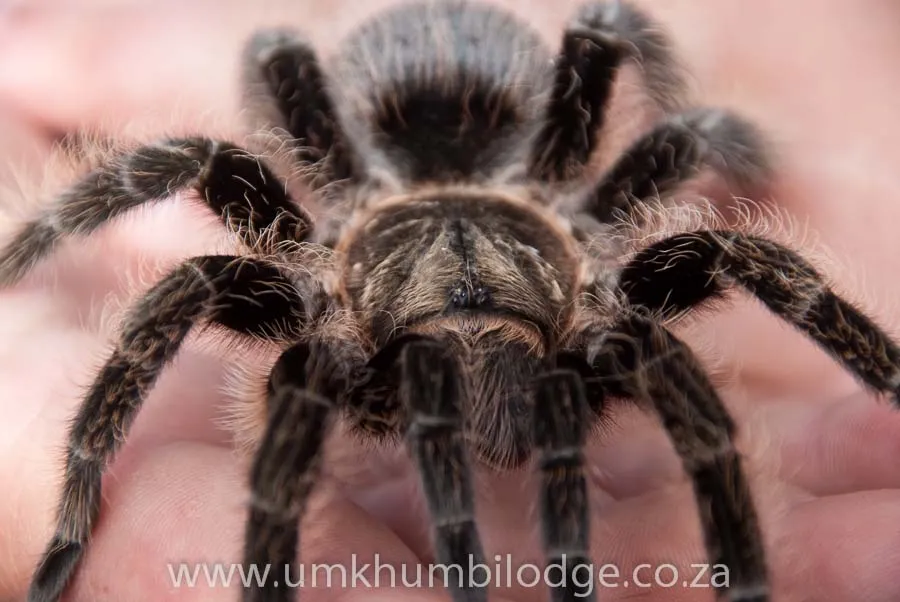
Incorrect humidity often leads to problems during molting. A tarantula in a low-humidity environment may struggle to shed its exoskeleton, leading to incomplete molts. This can result in the tarantula becoming stuck in its old skin, which can cause serious injury or even death. Symptoms of problems with molting include the tarantula remaining in a molting position for an extended period without progress. A high humidity environment can also make molting more difficult.
Proper Enclosure Setup for Humidity
Setting up the enclosure correctly is fundamental to maintaining the right humidity levels. Several factors contribute to a healthy environment for your curly hair tarantula, including substrate choice, water dish placement, and ventilation. A well-designed enclosure not only helps to achieve the desired humidity but also provides a comfortable and stimulating habitat for your pet spider.
Substrate Choice
The substrate you choose plays a vital role in regulating humidity. A substrate that retains moisture well is essential. Popular choices include a mix of coco fiber and peat moss, which are both excellent at absorbing and releasing moisture. Avoid substrates that dry out quickly, such as sand or gravel. The depth of the substrate also matters; a deeper layer will retain more moisture and help maintain stable humidity levels. The substrate should be kept damp, but not soaking wet, to avoid over-humidity.
Water Dish Placement
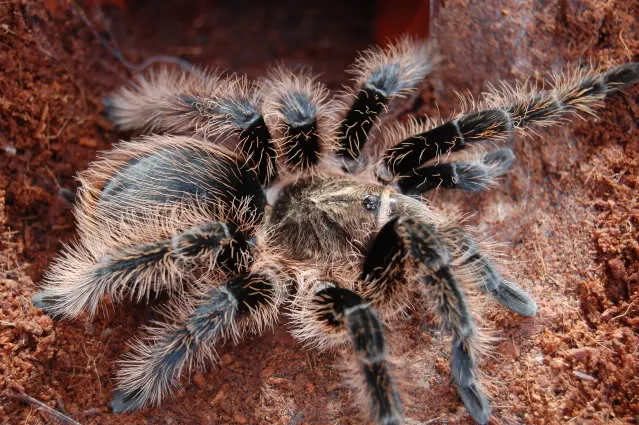
A properly placed water dish is essential for providing a source of water and helps to increase humidity through evaporation. Place the water dish in a stable location within the enclosure. The dish should be shallow enough to prevent the tarantula from drowning, but large enough for easy access to water. Regularly check and refill the water dish to ensure a constant supply of fresh water and to aid in maintaining the desired humidity levels. The water dish should also be cleaned regularly to prevent the growth of bacteria and algae.
Ventilation Considerations
Ventilation is crucial for preventing mold growth and ensuring healthy air circulation within the enclosure. While maintaining adequate humidity is important, excessive humidity combined with poor ventilation can lead to mold and bacterial growth, which can harm your tarantula. Provide adequate ventilation by including cross-ventilation features in your enclosure design. This could include vents on opposite sides of the enclosure. Airflow helps to regulate humidity levels and maintain a fresh environment.
Humidity Monitoring Techniques
Regular monitoring is key to maintaining the right humidity levels for your curly hair tarantula. Using a hygrometer is essential for accurate measurement, allowing you to make necessary adjustments to the enclosure environment. Daily and weekly checks will assist to ensure the humidity levels are within the ideal range, allowing you to take action. Having a reliable humidity monitoring system is necessary to maintaining a healthy living environment for your tarantula.
Using a Hygrometer
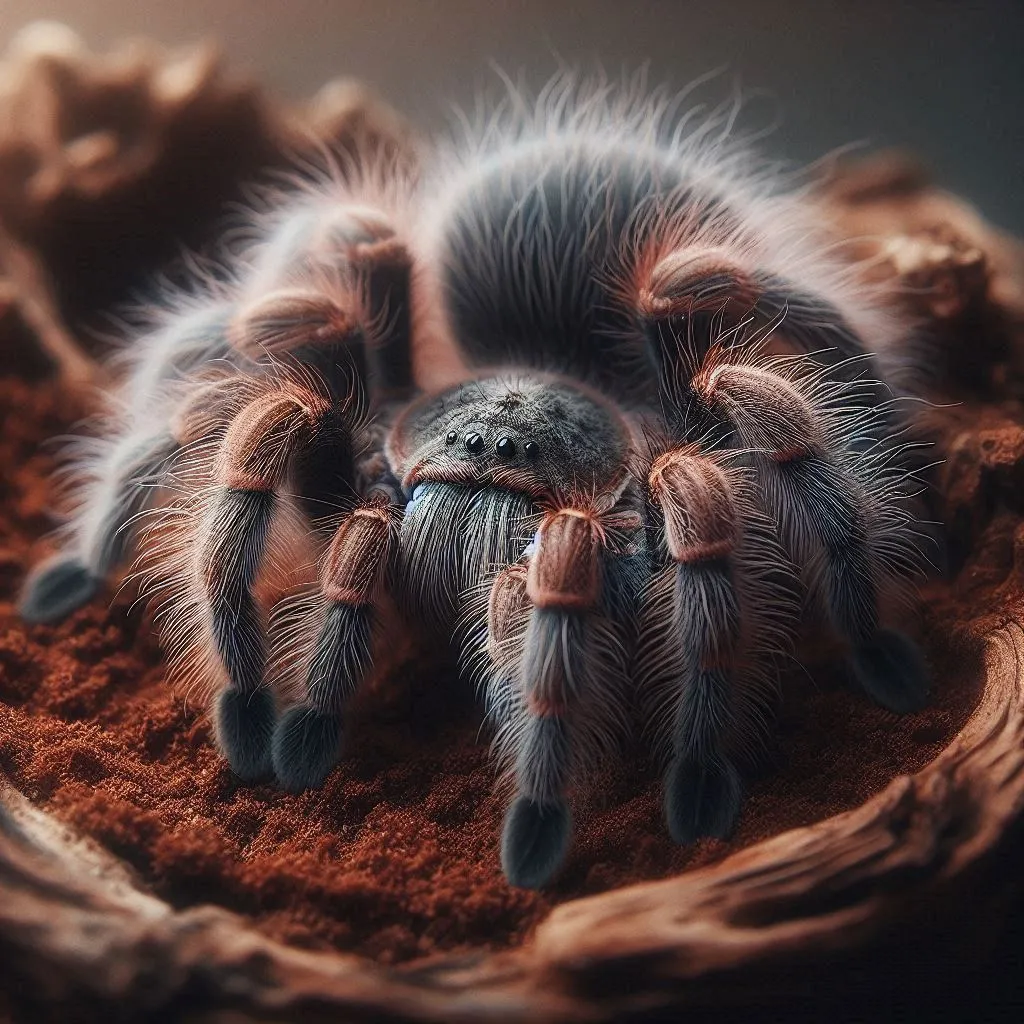
A hygrometer is a device that measures humidity levels. There are several types available, including analog and digital hygrometers. Digital hygrometers are generally more accurate and easier to read. Place the hygrometer inside the enclosure, away from direct misting and from the water dish. Regularly check the readings to ensure that the humidity is within the ideal range (65-75%). If the humidity is too low or too high, adjust the enclosure environment accordingly.
Regular Checks
Perform regular checks to ensure the humidity levels remain consistent. Daily checks are a good practice, especially when you are first establishing the enclosure. Weekly checks are the minimum; this gives you the ability to take action if there are unexpected fluctuations. Note the humidity readings and any changes you make to the enclosure in a log. This will help you identify trends and fine-tune your humidity management techniques.
Increasing Humidity Levels
If the humidity is too low, there are several ways to increase it. The methods you choose will depend on the specific needs of your tarantula and the conditions of your enclosure. Misting and adding more water to the substrate are the most common methods. Be careful not to overdo it, as too much moisture can lead to other problems.
Misting
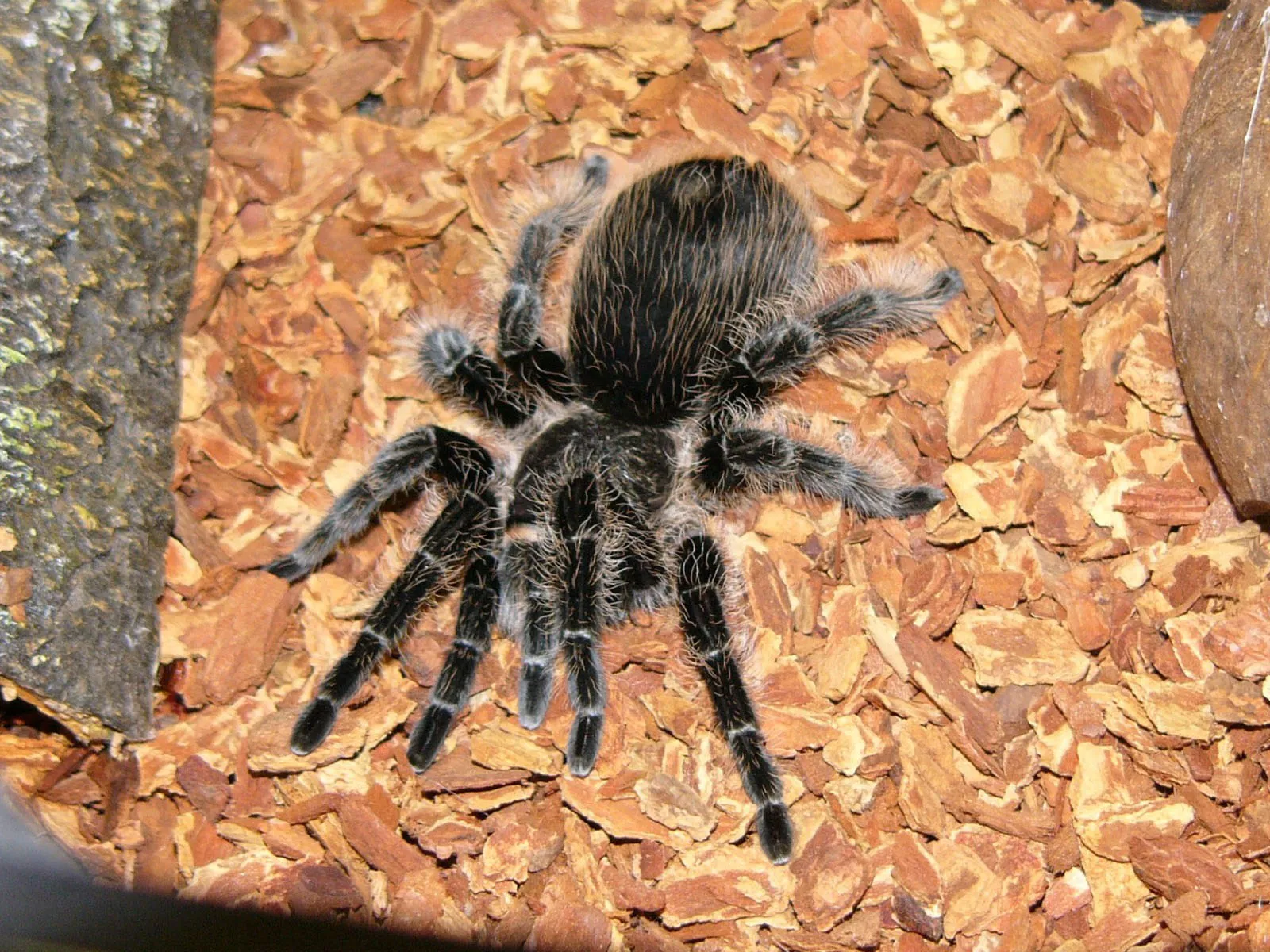
Misting the enclosure with a spray bottle is a quick and easy way to raise humidity. Use dechlorinated water and spray the enclosure lightly, avoiding direct contact with the tarantula. Mist the sides of the enclosure, the substrate, and any decorations. The frequency of misting will depend on the humidity readings. Start with misting once a day and adjust as needed. Be mindful of the enclosure’s ventilation, to avoid excessive humidity.
Adding More Water to the Substrate
Adding water directly to the substrate is another effective method for increasing humidity. Use a pipette or syringe to slowly add water to the substrate. Ensure that the water is absorbed evenly, so that some spots don’t become waterlogged. Avoid adding too much water at once, as this can lead to mold growth and over-humidity. Monitor the humidity levels after watering and adjust accordingly.
Humidity Control Challenges & Solutions
Maintaining the correct humidity can sometimes be a challenge, and various problems may arise. Problems can include mold, and over-humidity. Knowing the common issues and their solutions will help you to efficiently take care of your tarantula.
Preventing Mold
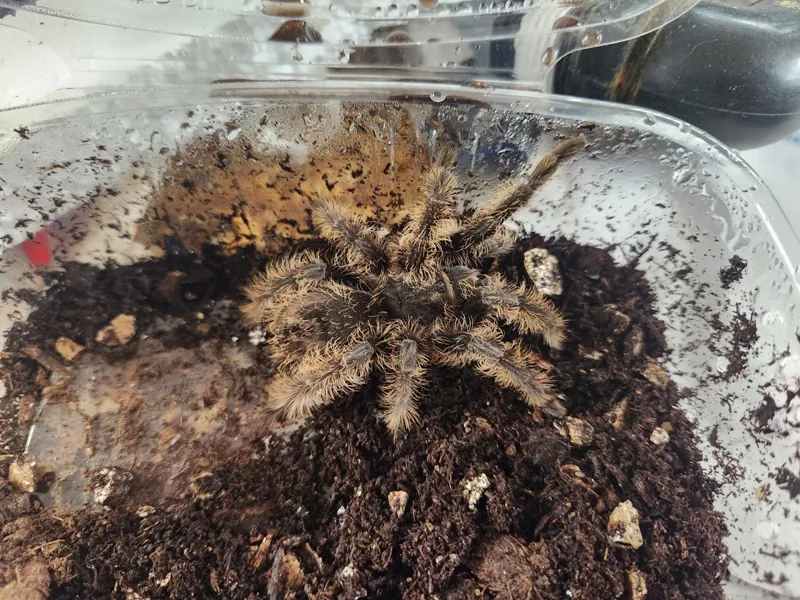
Mold is a common problem in tarantula enclosures, particularly when humidity is high and ventilation is poor. To prevent mold, make sure the enclosure has adequate ventilation. Avoid over-misting and ensure that the substrate is not consistently waterlogged. If mold appears, immediately remove the affected substrate and clean the enclosure. Improve ventilation and adjust your humidity control methods. Consider adding springtails or other microfauna to the enclosure, as they help to break down organic matter and prevent mold growth.
Avoiding Over-Humidity
Over-humidity can be just as harmful as low humidity. It can lead to mold growth and increase the risk of respiratory infections in your tarantula. To avoid over-humidity, carefully monitor the humidity levels using a hygrometer. Adjust your misting schedule and the amount of water you add to the substrate. Make sure your enclosure has adequate ventilation. If the humidity levels are consistently too high, you may need to adjust the substrate or the enclosure’s setup.
Conclusion
In conclusion, managing humidity is paramount to the health and well-being of your curly hair tarantula. Understanding the ideal humidity range, the importance of humidity for molting and respiration, and the signs of incorrect levels is essential for responsible pet ownership. By implementing proper enclosure setup techniques, regular monitoring, and proactive humidity control measures, you can create a thriving environment for your tarantula. Always be vigilant, adjust your approach as needed, and enjoy the fascinating journey of caring for these unique and captivating creatures. Remember that by paying attention to the needs of your pet, you are contributing to their quality of life.
